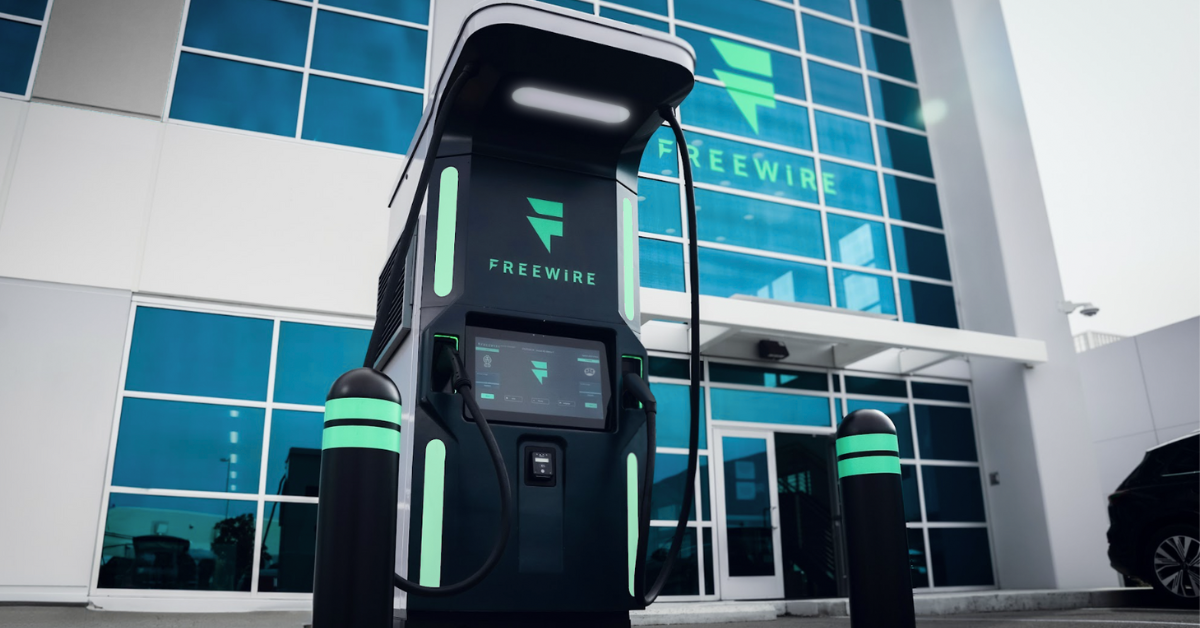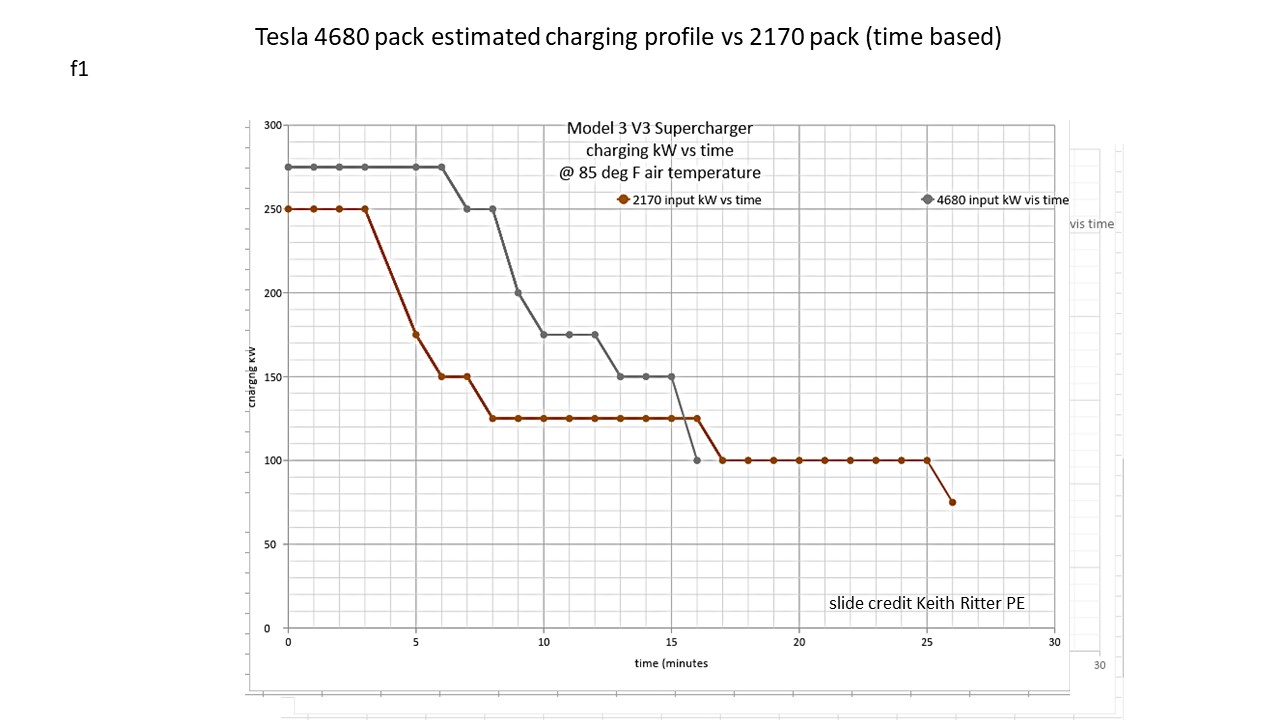Moderator note: The first 17 posts of this thread were moved out of the "Holiday Travel" thread in the California forum.
All these makes me wonder, is it even practical to keep scaling like this, if there are 2x or 3x the no. of Teslas on the road in say three years? Or how about the volume on the road in 10 years?
Now one might argue that 90% of charging is done at home which is true, and therefore the argument goes, that for the remaining 10% on-the-go charging you only need 10% of charging stations as we have gas pumps.
BUT here is the key difference: the characteristics of pumping gas is different from Charging an EV. Pumping gas is 5 minutes from zero to full. Charging a 400 mile EV is close to 60 minutes from 10 to 95%. So the fact that EVs occupy a station for a very long period means you need a large number of them. Perhaps EV DC chargers have to be just as ubiquitous as gas stations today in every major Xn when in 2030 most of the cars sold will be EVs.
All these makes me wonder, is it even practical to keep scaling like this, if there are 2x or 3x the no. of Teslas on the road in say three years? Or how about the volume on the road in 10 years?
Now one might argue that 90% of charging is done at home which is true, and therefore the argument goes, that for the remaining 10% on-the-go charging you only need 10% of charging stations as we have gas pumps.
BUT here is the key difference: the characteristics of pumping gas is different from Charging an EV. Pumping gas is 5 minutes from zero to full. Charging a 400 mile EV is close to 60 minutes from 10 to 95%. So the fact that EVs occupy a station for a very long period means you need a large number of them. Perhaps EV DC chargers have to be just as ubiquitous as gas stations today in every major Xn when in 2030 most of the cars sold will be EVs.
Last edited by a moderator:





